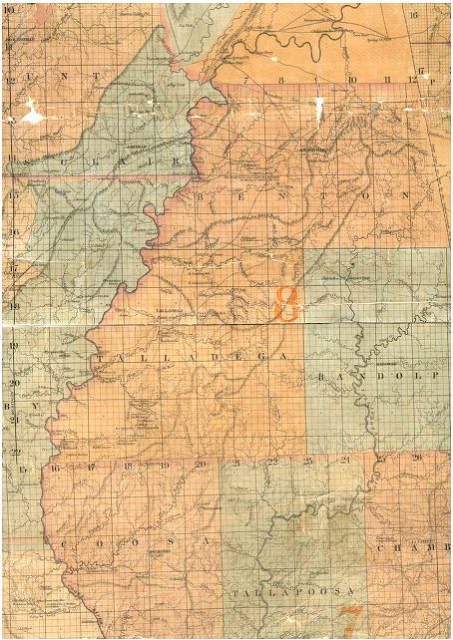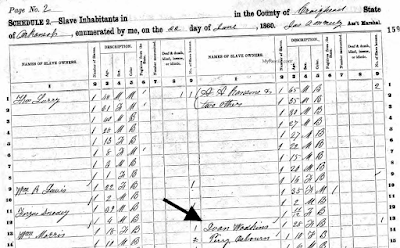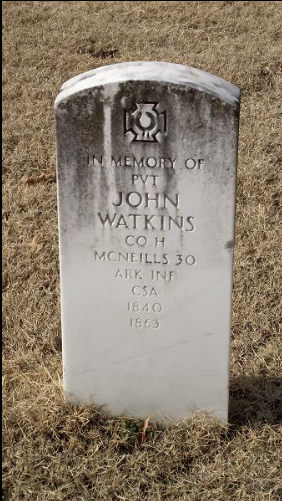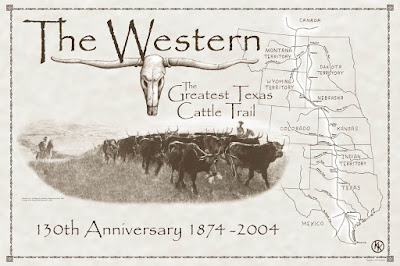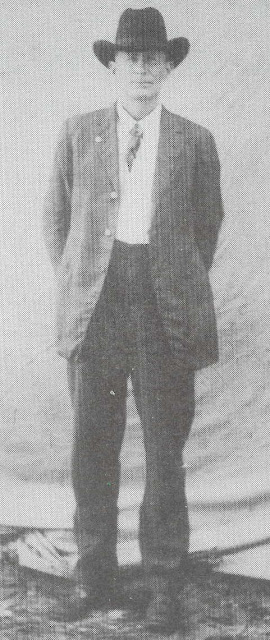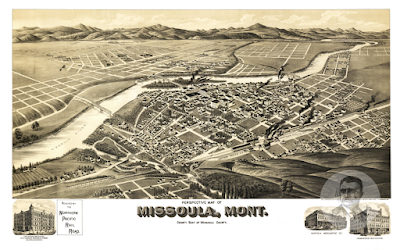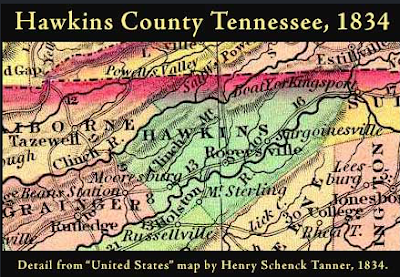 |
| Hawkins & Claiborne Counties would be divided in 1848 to create Hancock County. Map source: Linkpendium |
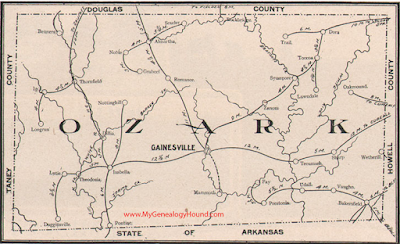 |
| Ozark County, Missouri map. Source: mygenealogyhound.com |
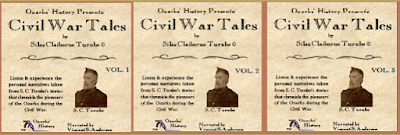 |
| Silas Turnbo's Civil War Tales. Source: ozarkhistory.blogspot.com |
Looking into the Hutchinson/Hutchison family (Avarilla's family) of Ozark County reveals that they were not Southern sympathizers. It is surprising to learn of the political divide with her family given that Ben and Avarilla most likely moved to Missouri with her sisters. The sisters' husbands were all Federal soldiers, as Mr. Turnbo would say, as were the Hutchinson men in the area. In fact, the people of Ozark County were predominately Union supporters. This most likely explains why Benjamin joined the Confederate army in Arkansas but he didn't travel far given that Ozark county shares a border with Arkansas.
This brings to mind an interesting observation about Benjamin's father-in-law Jeremiah Hutchinson. He was involved with a mulatto woman named Susannah Hutchinson that is connected to Grainger County, Tennessee. She was enumerated as a free woman of color on the 1840 Grainger County census and Jeremiah was listed as the next household (source U.S. Federal Census, Grainger County, Tennessee, p. 18). Susannah moves to Ozark County, Arkansas but with the last name of Asbury. This links her to John Asbury who was enumerated in her household on the 1850 census. Several researchers have speculated that Susannah and Jeremiah were married but then divorced. A biography of Templeman J. Hutchinson, who also lived in Susannah's household in Grainger County, is found in A Reminiscent history of the Ozark region, published in Chicago, Goodspeed Brothers, 1894. The biography that is written before Templeman's death states that his parents were Jeremiah Hutchinson and Susannah King of Grainger County, Tennessee. This is very intriguing as Avarilla and her family moved to Arkansas soon after the death of her husband. Did her husband's choices cause a divide with her Hutchinson clan and maybe even the community? Such is the dark side of war.
A folksong from Southern Appalachia provided on battlefields.org seems an appropriate end. These are the lyrics of The Rebel Soldier:
O Polly, O Polly, It’s for your sake alone,
I’ve left my old father, My country and my home.
I’ve left my old mother, To weep and to mourn,
I am a Rebel soldier, And far from my home.
I’ve left my old father, My country and my home.
I’ve left my old mother, To weep and to mourn,
I am a Rebel soldier, And far from my home.
It’s grape shot and musket, And the cannons lumber loud,
There’s many a mangled body, The blanket for their shroud:
There's many a mangled body, Left on e fields alone,
I am a Rebel soldier, And far from my home.
There’s many a mangled body, The blanket for their shroud:
There's many a mangled body, Left on e fields alone,
I am a Rebel soldier, And far from my home.
I’ll build me a castle on the mountain, On some green mountain high,
Where I can see Polly, As she is passing by:
Where I can see Polly, And help her to mourn,
I am a Rebel soldier, And far from my home.
Where I can see Polly, As she is passing by:
Where I can see Polly, And help her to mourn,
I am a Rebel soldier, And far from my home.
(Courtesy of Robert Trentham)
